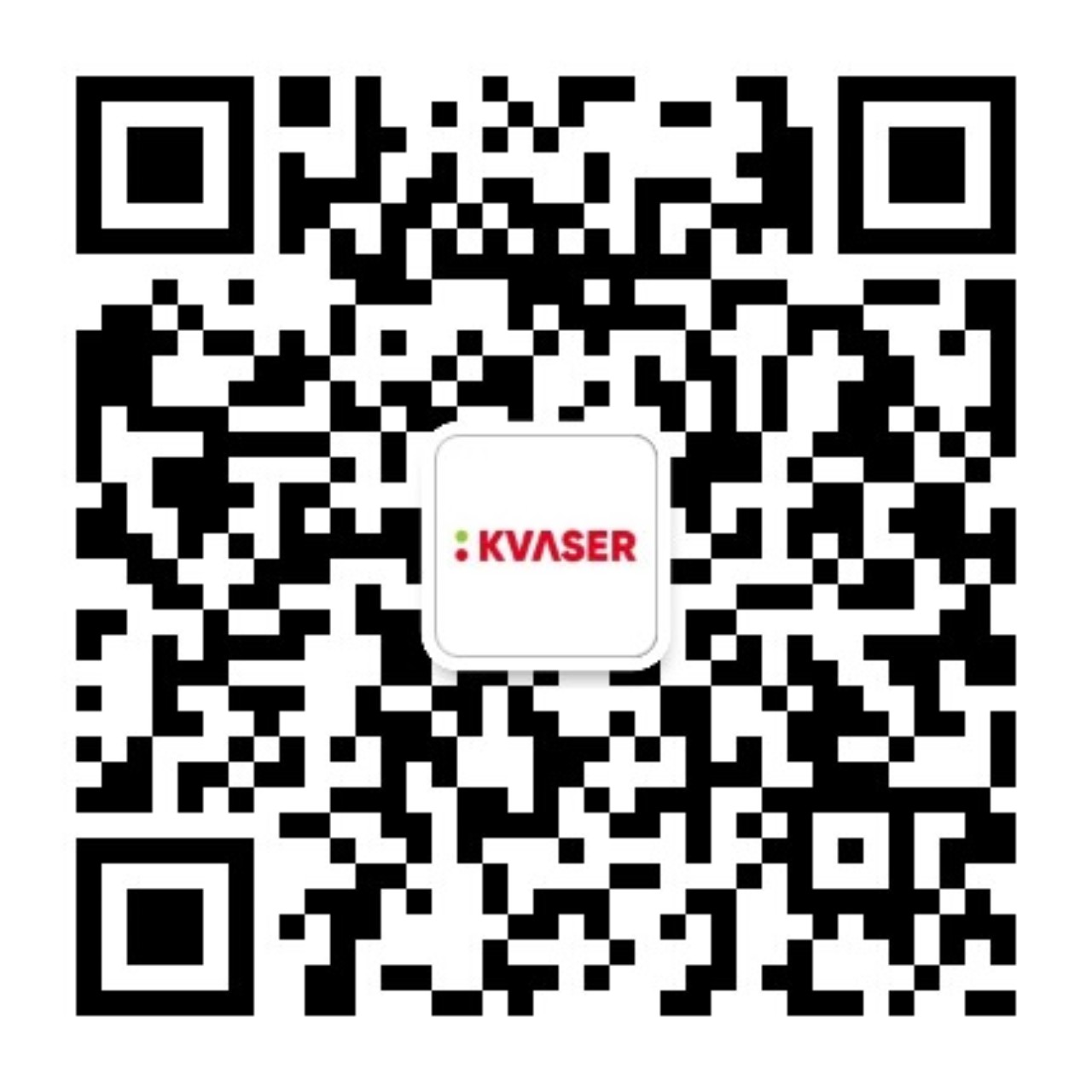克里斯.怀特福在完成一项复杂的任务。他正开始构建一个高级航空动态传感网络,该网络与来自CFD/风洞和现实世界测试的计算机模型的数据联系,将完全自动化地优化赛车上的风板定位以达到最大效率。
怀特福在克兰菲尔德大学(英国头号汽车和赛车培训和研究中心)的博士研究项目意在调查驾驶员对风板的确切要求。例如,是需要最佳下压力还是最需要直线速度?以及在采取各种技术动作时(例如追上另一辆赛车或跟车时),受影响系统的理想效率怎么样?
解决方法:CAN数据记录仪
Kvaser的Memorator CAN数据记录仪和适配器被用来构建怀特福的传感网络,辅助系统的编程和组织。所有系统都使用CAN总线进行互连,所有传感器都运行在来自Microchip的CAN总线扩展器上。这包括独立的皮托管静态传感器(在车辆长度范围内提供压力比较)和装在前端的传感器(允许系统分析汽车正前方的气流)。汽车内的各种硬件设备(例如汽车的燃油/冷却管理系统、动力转向系统和4WD控制器)也将提供数据。
装配完成后,传感器系统将被集成到MATLAB中并且被用来在控制电脑上生成航空模型。计算流体动态/风洞和真实世界测试的组合将帮助生成汽车在各种条件下航空动态行为的模型,然后这个模型将被用来对汽车的核心CPU进行编程。然后汽车的航空系统将与目标模型进行交互,以确定最有效的风板位置。
怀特福解释:“测试期间,Memorator将被用来与CAN总线连接并离线记录数据,所以可以以后检查这些数据。两个不同的HS通道还让我可以使用多路CAN总线并同时记录它们,这意味着我可以构建两个独立的CAN网络来将时间关键的事务与大数据网络分离”。
值得注意的是,出于系统的复杂性和响应时间的重要性,CAN数据和错误处理极其关键。
这个项目的最终目标是一个几乎完全独立运行的系统并且可以识别飞行中的需求。我们将在项目接近完成时提供一个更新,但是如果确实需要项目的更多信息或帮助,请通过chrisjwhiteford@sky.com联系克里斯。
怀特福目前需要一些实验和计算设备,所以希望获得设备赞助和/或借用,在此致谢。
Image courtesy of © Gunnar Assmy – Fotolia.com
 linkedin
linkedin twitter
twitter youtube
youtube youku
youku weixin
weixin